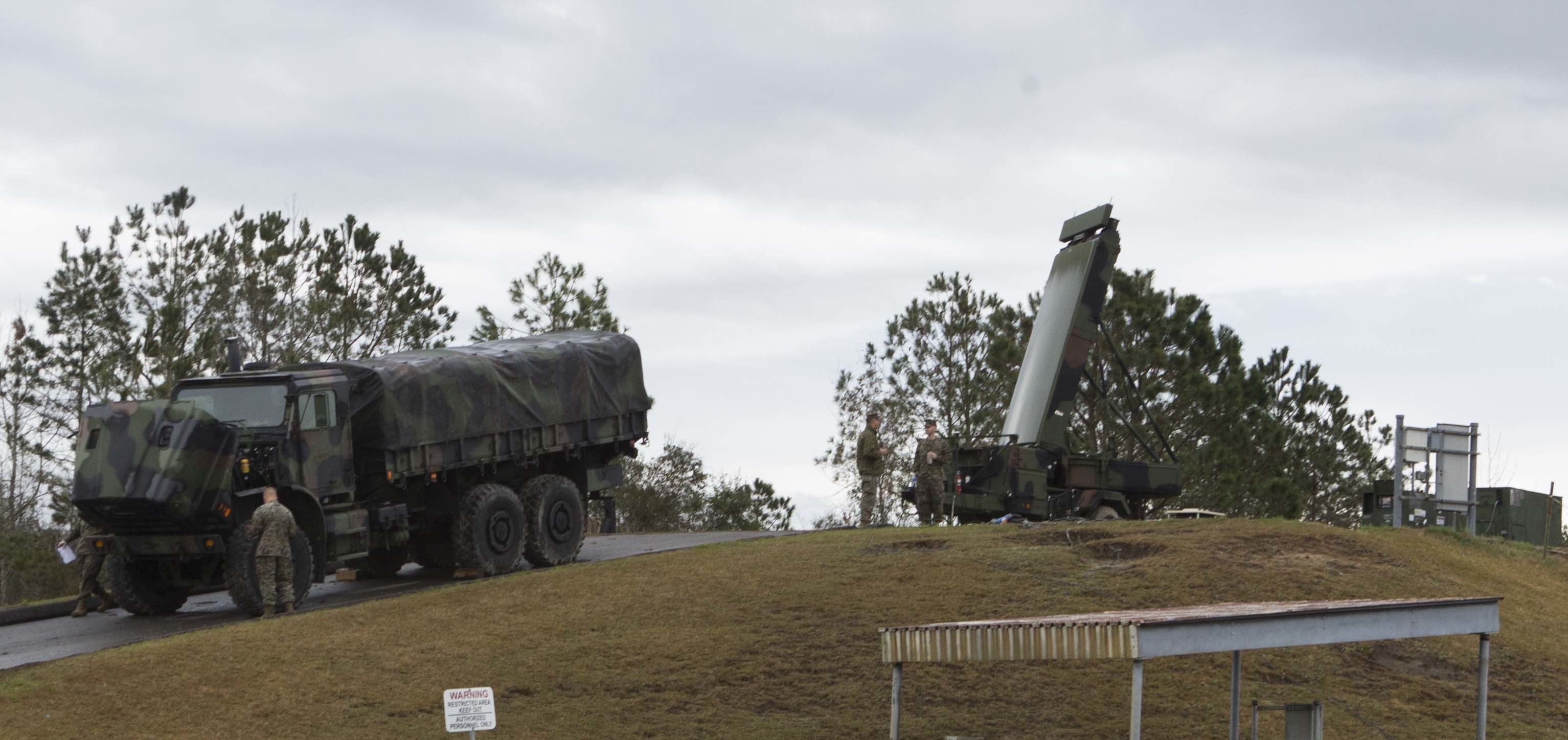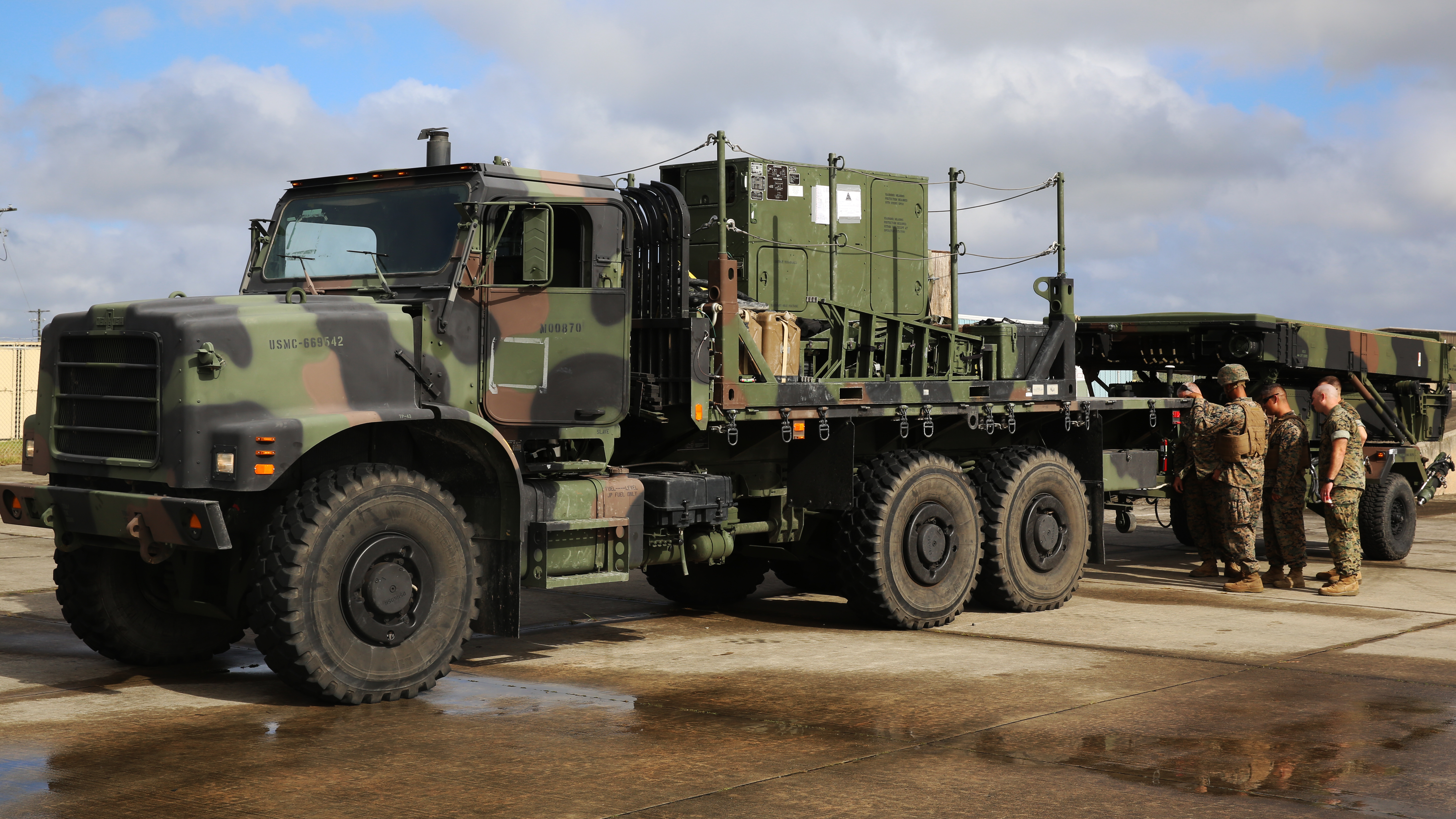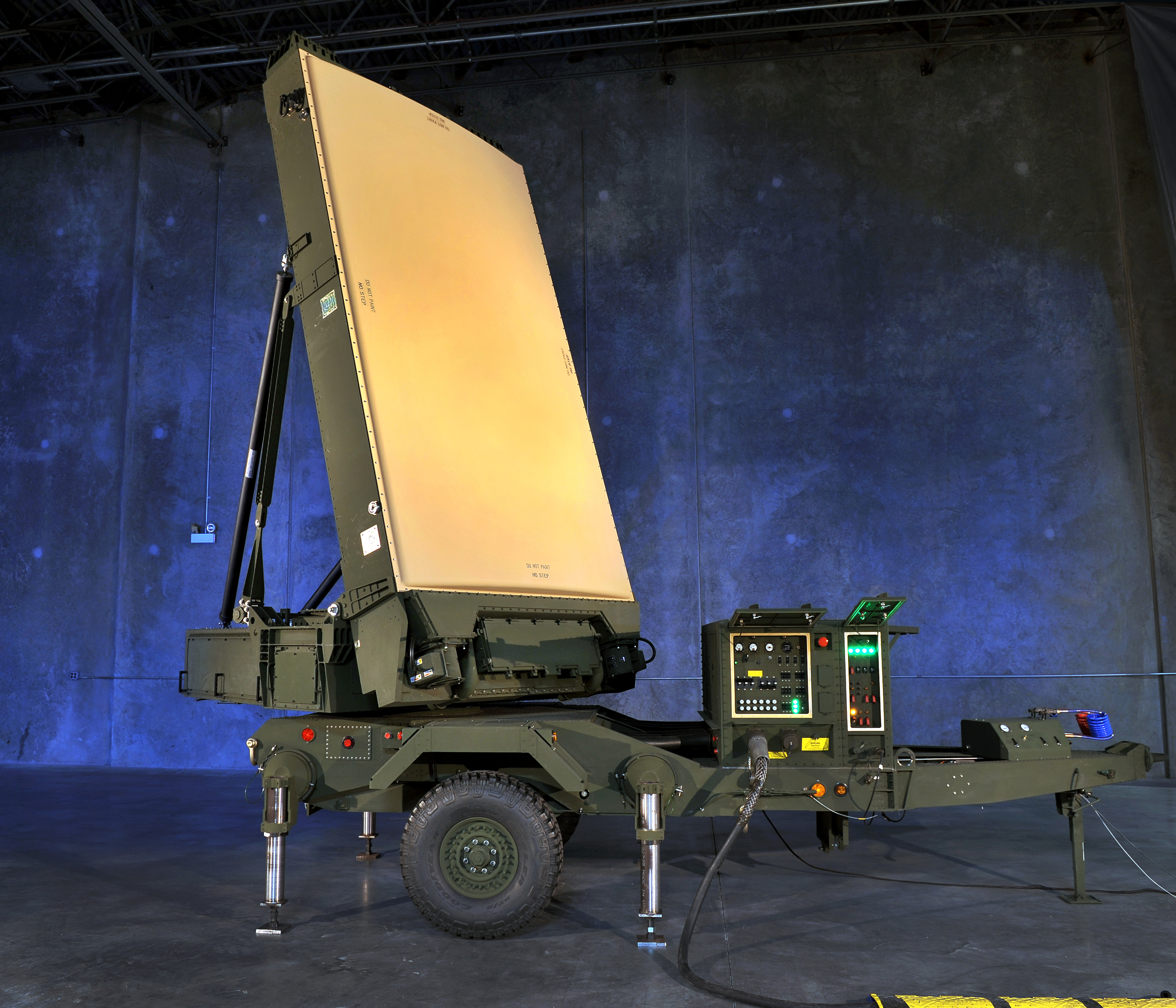
SAN DIEGO, Calif. – The Marine Corps fielded its first AN/TPS-80 Ground/Air Task-Oriented Radar (G/ATOR) Block II system to a Marine artillery regiment this month, after having early successes last year with the G/ATOR Block I radars in the air defense community.
The G/ATOR comes in two distinct software variants: Block I conducts air defense and surveillance missions for aviation command and control squadrons, and Block II targets the source of incoming artillery and other ground-based fires.
The 11th Marine Regiment, an artillery unit under 1st Marine Division at Camp Pendleton, has had two radar systems with the Block II counter-fire and target acquisition capability since last July and has been helping with a field user evaluation and other testing, John Karlovich, G/ATOR program manager, told USNI News in an interview. In the fall they helped the Marines complete initial operational test and evaluation for G/ATOR Block II, and with this month’s decision to go to early deployment, 11th Marines should get another two radars for a total of four.
On the G/ATOR Block I side, after declaring initial operational capability in February 2018, Marines “have been using the systems for a year now and nothing but positive feedback,” Karlovich said.
Marine Air Control Squadron (MACS) 1 took its radar to Exercise Northern Lightning in Wisconsin and to several Weapons and Tactics Instructors courses at Marine Corps Air Station Yuma in Arizona. MACS-2 took its radar to NATO Exercise Trident Juncture in Norway. Block I also underwent its formal IOT&E event in the fall, and the report back from the test event was good, Karlovich said.

Sgt. Adam Augeson, an aviation radar technician with MACS-1 in Yuma, Ariz., told USNI News during the WEST 2019 conference in San Diego that his unit is still learning the full capability of the new radar but that they’re already impressed with how much more mobile the radar is compared to its predecessor, the AN/TPS-63.
“The system is pretty amazing in terms of where we can place it and how it’s moved. It’s far more expeditionary than the 63 was. … The 63 was kind of like a box, it made it kind of difficult, it couldn’t be on anything with too gradual of an incline,” he said, noting that the G/ATOR auto-levels to compensate for being on uneven terrain.
“It’s ability to move – we can set up and tear down in under an hour, so we can basically go from one site, radiate for a few hours and then move site – the ability to move the radar is probably the biggest impact that we have with that system.”
Lt. Col. James Thompson, the military deputy for the G/ATOR program office, told USNI News during WEST 2019 that he’s been in the field with units learning to use the new radar and that they’ve found capabilities in the new system that the program office hadn’t even anticipated.
“I think any time you get a new piece of gear that is advanced and has multi uses to it, trying to figure out how to use it in a different way than you’ve used your legacy equipment is challenging, and you’re always finding out new ways to do things – the more you play with something, the more you’re like, oh I didn’t know it does this, does that,” he said.
“I think the Marines overall on both the aviation and the ground side are truly embracing all of these things.”
Thompson noted that, though the hardware for the Block I and Block II radars are identical, the missions are so different that the aviation community and ground community are learning to use the radar separately and have not been sharing many lessons learned. Though there was talk at one point about combining the radar technicians into a single schoolhouse, the Marines ultimately decided against that due to the lack of similarity in how they use the radars and conduct their missions.
However, he said MACS-1 and MACS-2 have been great about sharing lessons learned between the East Coast and West Coast unit, in large part due to the aviation radar technician community being so small and many of the Marines knowing each other from training or previous assignments. Thompson said there was collaboration from the commanding officer level down to lance corporals in the two units sharing ideas. On a more formal level, an Executive Steering Committee for unit commanders and an Operational Advisory Group are also helping document and share lessons learned and best practices, and the program office is also helping facilitate these conversations, he added.

Karlovich said the two radars in the Lot 1 contract and the four in Lot 2 are the only units to use the Gallium Arsenide conductor, and those will be the one each to MACS-1 and MACS-2 and the four to 11th Marines. Lots 3, 4 and 5 are low-rate initial production contracts on the upgraded Gallium Nitride conductor, and those are in production now. Lot 6 will be the full-rate production contract that the program office has been working on with builder Northrop Grumman for about three years; in the third quarter of this fiscal year the program office is expected to meet with Assistant Secretary of the Navy for Research, Development and Acquisition James Geurts to discuss a full-rate production decision, and after Geurts gives his approval the contract will be ready to be awarded right away.
Karlovich said that Lot 6 will be the only full-rate production contract and will buy the remaining 30 radars in the program, with a plan to buy six in Fiscal Year 2019 and eight a year from 2020 to 2022.
Karlovich compared the transition from the AN/TPS-63 to the AN/TPS-80 G/ATOR to moving from a rotary phone to a cell phone, with the ability to not only do more but also tap into networks and share data in a way the legacy system could not.
Much like a cell phone with apps that can be added to increase capability, Karlovich said G/ATOR could have software packages added to increase its own capability and survivability, which he said would be a key focus of the program office going forward.
“Once you have the base hardware and software then you can add capability. That’s what we’re doing, we’re adding enhanced capability on top of that base – and so we’re doing, there’s things for survivability, there’s electronic protects, decoys,” he said, as well as joint service upgrades to protect against evolving cyber threats.
The program office would also remain involved in developing improvements as the operational Marines discover potential usability improvements or capability increases they need, Karlovich said, as well as adding enhancements to ensure the G/ATOR radar remains compatible with Army and Navy systems for a joint and integrated fight.





